Aloe
Hello everybody,
In this post I would like to talk about a plant that I consider spectacular: aloe. We can find several species: ferox, vera, barbadiensis, ... It is a plant native to tropical countries rich in interesting properties, which have been exploited for several centuries for the benefits on human health.
Regarding the pharmaceutical form, aloe can be found in two varieties:
- Polished: It is obtained by rapid evaporation of the juice at high temperature and looks like shiny greenish-yellow pieces and a vitreous appearance;
- Matt: It is obtained by boiling and subsequent cooling of the juice and is red-brown in color.
Chemistry
Before getting to the heart of the discussion on the numerous uses of aloe, it is necessary to understand chemically what it is made of.
Aloe contains anthraquinones, or substances derived from the fundamental nucleus of anthraquinone, an anthracene oxidation product.
Anthraquinone derivatives are glycosides and often sugar is glucose or rhamnose. These are molecules that are poorly soluble in cold water, but soluble in alcohol and other organic solvents.
Generally, anthraquinone compounds are colored orange-red and traditionally the plants that contained them were used as natural dyes.
The carbohydrate part of the glycoside influences the pharmacokinetic properties, while the pharmacologically active portion of the substances consists of the anthraquinone residue, called aglycone.
The pharmacological effect is observed only a few hours after taking by oral administration and, for this reason, we could consider anthraquinone glycosides as prodrugs.
The glycoside, in fact, must reach the large intestine where, due to the bacterial flora, it undergoes a hydrolysis reaction (the sugar portion is removed) and subsequent reduction reaction of the anthraquinones, which are transformed into anthrones and anthranols.
Main uses
In general, all drugs containing anthraquinone derivatives are very important for promoting:
- Inhibition of water reabsorption;
- Stimulation of peristalsis.
This is due to the fact that anthraquinone drugs contain an association of active ingredients that act synergistically.
In small doses, aloe and other plants of the same family can have eupeptic activity and, therefore, are included in recipes of digestive liqueurs (for example, Fernet).
History and botany
"Aloe" derives from the Greek "alòs" = sea, because the plant grows near the sea.
About 600 species are known of the genus, mainly distributed in Africa. These are arboreal plants from 2 to 5 m high, bushy or herbaceous, succulent, with robust and fibrous roots, lanceolate leaves, acute, large (more than 50 cm long and even 5 cm thick), curved upwards, with the apex with a strong spine and notched at the edges. Flowering consists of large racemes of pendulous red, yellow or yellow-orange flowers.
Aloe seems to have been used since ancient times as a plant capable of fighting evil spirits! It was grown around Mecca and adorned the entrance to the homes of muslims.
Its use as a medicine is also very old. In fact, Nefertite and Cleopatra used aloe to rejuvenate the skin and protect it from infections.
Dioscorides, Pliny the Elder, Galen and other doctors of the time used aloe to heal wounds and to treat gastrointestinal disorders such as constipation and hemorrhoids.
Aloe was introduced into Europe only towards the end of the sixteenth century and in 1893 mentioned in the Italian Pharmacopoeia as a laxative.
Aloe gel
In addition to the juice described above, aloe gel can also be used. Also called “aloe vera”, it is obtained from freshly cut leaves from 4-year-old plants. The gel is present in the innermost cells, while the juice is present in the peripheral cells of the leaf.
The gel looks like a gelatinous substance which is then treated with coal to sequester polluting substances, filtered, pasteurized and added with preservatives (0.3% of K sorbate).
The gel thus obtained contains about 30% of polysaccharides, sterols, organic acids, enzymes, vitamins, minerals, carbohydrates, lipids, salicylic acid, amino acids and traces of aloin.
Aloe gel is used externally, in the form of ointments, in the case of:
- Abrasions, scalds and wounds, where it acts as a healing agent;
- Bruising;
- Psoriasis;
- Herpes simplex and genital herpes.
Side effects and warnings
As we know, just because a product is herbal medicine, or derived from plants, does not mean that it is free of side effects. In fact, just think that many of the worst deadly poisons that man has discovered are all from the plant kingdom.
Aloe is no exception. In fact, in the event of inadequate recruitment, the following may occur:
- Abdominal cramps;
- Addiction: Excessive use leads to a decrease in the spontaneous reactivity of the intestinal smooth muscle;
- Hypokalemia: Due to the inhibition of water reabsorption;
- Melanistic.
Finally, in some particular conditions, it is good to avoid taking aloe:
- During the menstrual cycle, because it could intensify blood flow;
- In the presence of varicose veins, hemorrhoids, appendicitis and Chron's disease;
- During pregnancy, because there is an increase in abdominal contractions with possible uterine stimulation;
- In children under 12 years.
Lastly, I add that aloe is an easily cultivable plant in Italy and gives a lot of satisfaction. Personally, I find it beautiful.
Hope you enjoyed this article!
See you next time,
Delilha
ITA
Ciao a tutti,
In questo post mi piacerebbe parlare di una pianta che considero spettacolare: l’aloe. Ne esistono diverse specie: ferox, vera, barbadiensis, … È una pianta originaria dei paesi tropicali ricca di proprietà interessanti, le quali vengono sfruttate da diversi secoli per i benefici sulla salute dell’uomo.
Dal punto di vista della forma farmaceutica, l’aloe si può trovare in due varietà:
- Lucida: Si ottiene per rapida evaporazione del succo ad alta temperatura e si presenta come pezzi splendenti giallo-verdastri e aspetto vitreo;
- Opaca: Si ottiene per bollitura e successivo raffreddamento del succo e si presenta di colore rosso-bruno.
Chimica
Prima di entrare nel vivo del discorso sui numerosi impieghi dell’aloe, è necessario capire chimicamente da cosa essa è composta.
L’aloe contiene antrachinoni, ovvero sostanze derivate dal nucleo fondamentale dell’antrachinone, un prodotto di ossidazione dell’antracene.
I derivati antrachinonici sono glicosidi e spesso lo zucchero è il glucosio o il ramnosio. Si tratta di molecole scarsamente solubili in acqua fredda, ma solubili in alcol e altri solventi organici.
Generalmente, i composti antrachinonici sono colorati in rosso-arancio e, tradizionalmente, le piante che li contenevano erano impiegati come coloranti naturali.
La parte glucidica del glicoside influenza le proprietà farmacocinetiche, mentre la porzione farmacologicamente attiva delle sostanze è costituita dal residuo antrachinonico, definito aglicone.
L’effetto farmacologico si osserva solo dopo alcune ore dall’assunzione via somministrazione orale e, per questo motivo, potremmo considerare i glicosidi antrachinonici come profarmaci.
Il glicoside, infatti, deve raggiungere l’intestino crasso dove, ad opera della flora batterica, subisce reazione di idrolisi (viene rimossa la porzione zuccherina) e successiva reazione di riduzione degli antrachinoni, i quali vengono trasformati in antroni e antranoli.
Impieghi principali
In generale, tutte le droghe contenenti derivati antrachinonici sono molto importanti per favorire:
- Inibizione del riassorbimento di acqua;
- Stimolazione della peristalsi.
Questo è dovuto al fatto che le droghe antrachinoniche contengono un’associazione di principi attivi che agiscono sinergicamente.
A piccole dosi, l’aloe e altre piante della stessa famiglia possono avere un’attività eupeptica e, quindi, sono inserite in ricette di liquori digestivi (ad esempio, Fernet).
Cenni storici e botanica
“Aloe” deriva dal greco “alòs” = mare, perché la pianta vegeta in prossimità del mare.
Del genere si conoscono circa 600 specie, distribuite prevalentemente in Africa. Si tratta di piante arboree alte dai 2 ai 5 m, cespugliose o erbacee, succulenti, con radici robuste e fibrose, foglie lanceolate, acute, grandi (lunghe più di 50 cm e spesse anche 5 cm), incurvate verso l’alto, con l’apice munito di una robusta spina e dentellate ai bordi. La fioritura consiste di grossi racemi di fiori penduli di colore rosso, giallo o giallo-arancione.
L’aloe sembra che sia stata usata da tempi antichi come pianta capace di combattere gli spiriti maligni! Veniva coltivata attorno alla Mecca ed adornava l’ingresso delle abitazioni dei mussulmani.
Anche il suo uso come medicamento è assai antico. Infatti, Nefertite e Cleopatra ricorrevano all’aloe per ringiovanire la pelle e proteggerla da infezioni.
Dioscoride, Plinio il Vecchio, Galeno ed altri dottori dell’epoca utilizzavano l’aloe per rimarginare le ferite e per curare i disturbi gastrointestinali come costipazione ed emorroidi.
L’aloe verrà introdotta in Europa solo verso la fine del XVI secolo e nel 1893 citata nella Farmacopea Italiana come lassativo.
Aloe gel
Oltre al succo descritto in precedenza, dell’aloe può essere utilizzato anche il gel. Detto anche "aloe vera", si ricava dalle foglie fresche appena recise da piante di 4 anni. Il gel è presente nelle cellule più interne, mentre il succo è presente nelle cellule periferiche della foglia.
Il gel si presenta come una sostanza gelatinosa che viene poi trattata con carbone per sequestrare le sostanze inquinanti, filtrata, pastorizzata ed addizionata di conservanti (0,3% di sorbato di K).
Il gel così ottenuto contiene circa il 30% di polisaccaridi, steroli, acidi organici, enzimi, vitamine, minerali, carboidrati, lipidi, acido salicilico, aminoacidi e tracce di aloine.
L’aloe gel si utilizza esternamente, sotto forma di pomate e unguenti, in caso di:
- Abrasioni, scottature e ferite, dove funge da cicatrizzante;
- Contusioni;
- Psoriasi;
- Herpes simplex ed Herpes genitale.
Effetti collaterali e avvertenze
Come sappiamo, solo perché un prodotto è fitoterapico, ovvero derivato da piante, non significa che sia scevro di effetti collaterali. Infatti, basti pensare che molti dei peggiori veleni mortali che l’uomo ha scoperto derivano tutti dal regno vegetale.
L’aloe non fa eccezione. Infatti, in caso di assunzione inadeguata, si possono verificare:
- Crampi addominali;
- Tolleranza: L’uso eccessivo determina una diminuzione della reattività spontanea della muscolatura liscia intestinale;
- Ipokalemia: A causa dell’inibizione del riassorbimento di acqua;
- Melanosi.
Infine, in alcune particolari condizioni, è bene evitare l’assunzione di aloe:
- Durante il ciclo mestruale, perché si potrebbe intensificare il flusso sanguigno;
- In presenza di varici, emorroidi, appendicite e morbo di Chron;
- Durante la gravidanza, perché si ha un aumento delle contrazioni addominali con possibile stimolazione uterina;
- In bambini al di sotto dei 12 anni.
Come ultima cosa, aggiungo che l’aloe è una pianta facilmente coltivabile in Italia e dà molte soddisfazioni. Personalmente, la trovo bellissima.
Spero che vi sia piaciuto questo articolo!
Alla prossima,
Delilha
Sources – Fonti:
“Botanica, chimica e farmacologia delle piante officinali” – F. Capasso
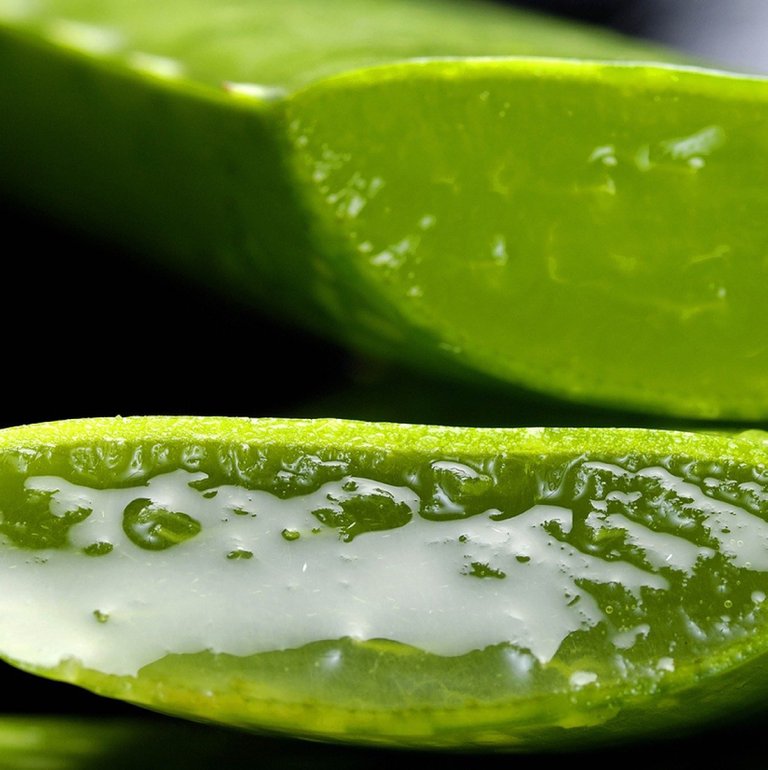
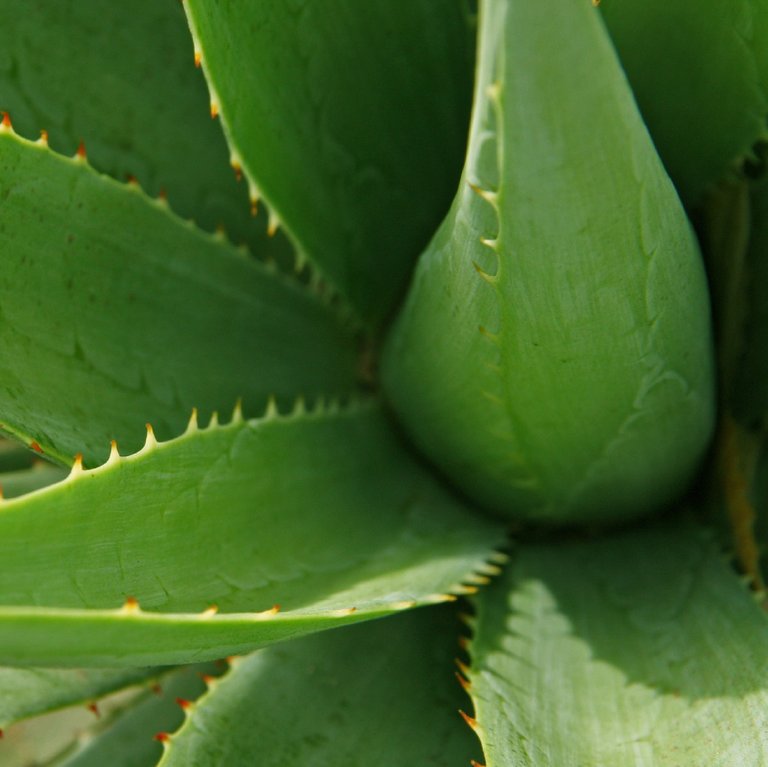
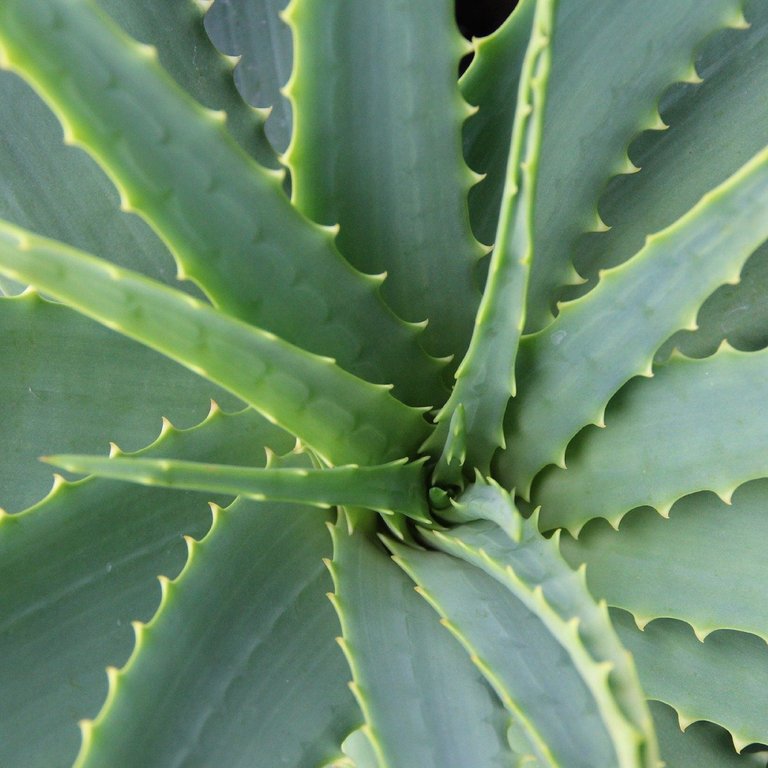

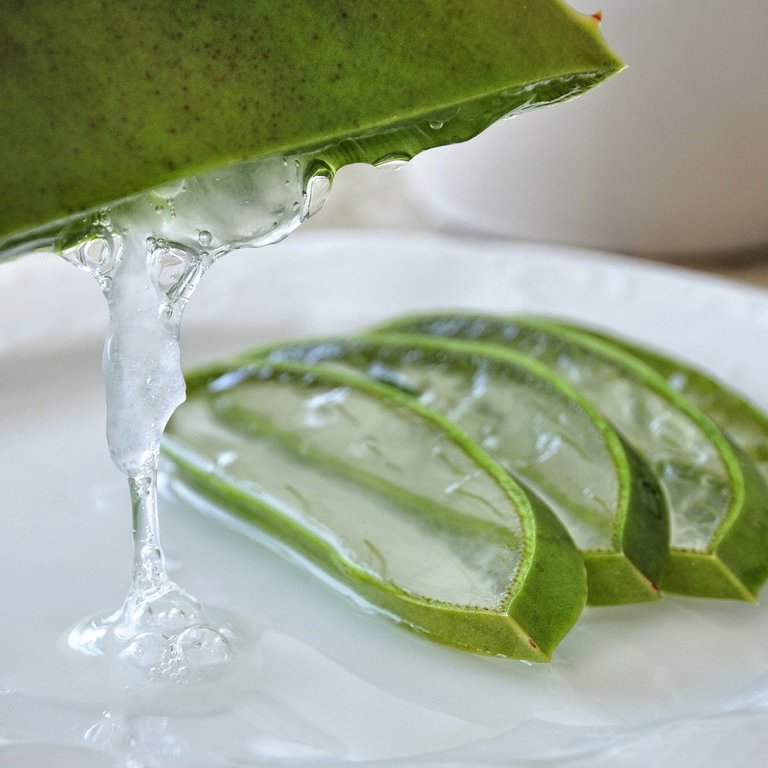
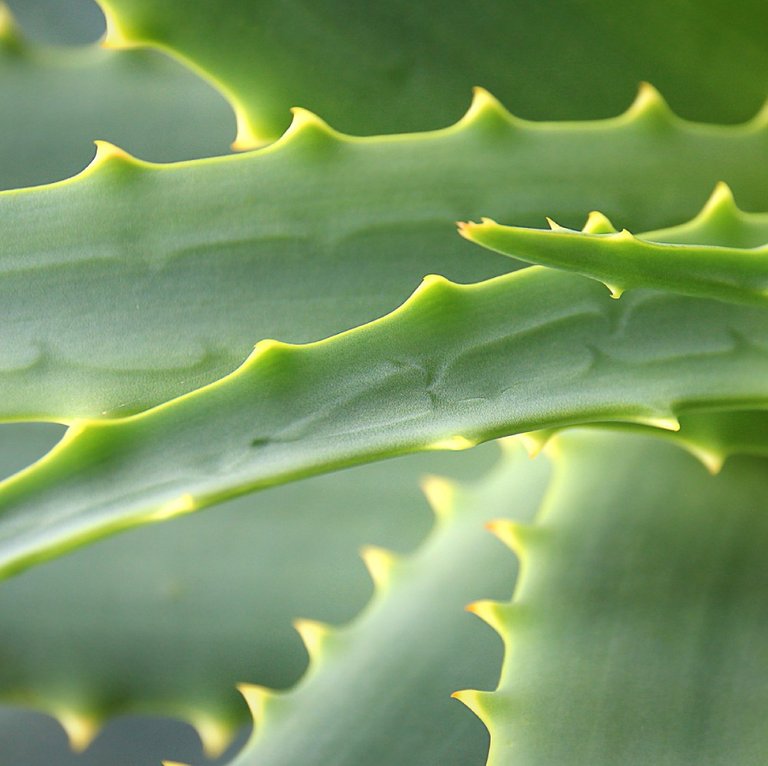
Congratulations @delilhavores! You have completed the following achievement on the Hive blockchain and have been rewarded with new badge(s) :
You can view your badges on your board and compare to others on the Ranking
If you no longer want to receive notifications, reply to this comment with the word
STOPDo not miss the last post from @hivebuzz:
Vote for us as a witness to get one more badge and upvotes from us with more power!
ottimo lavoro e non conoscevo tutti gli effetti collaterali, ricordo solo che mi pungevo spesso quando cacciavo le lucertole.
!discovery 40
Effettivamente le foglie dentate non sono molto gentili ahah! Ma la perdoniamo :)
Grazie del supporto e buona giornata!
Questo post è stato condiviso e votato all'interno del discord del team curatori di discovery-it Entra nella nostra community! hive-193212
This post was shared and voted inside the discord by the curators team of discovery-it. Join our community! hive-193212
Information of the day 😌
I believe that aloe is some of the miraculous planet on earth. Even though I was not a fan of its scent, now I'm a bit pragmatic and I adore it 😍
Thank you reminding me my beloved one :)
Yes it's true, sometimes nature offers us everything we need, I love plants like aloe because they're just amazing! :) Thanks a lot for the support :) and have a nice day!
Link all'articolo sulla Pagina Facebook di Hive Italia
Grazie :)
A te per l'articolo.
Wao! Your articles and your blog are super interesting. I’ll follow you. Thanks for sharing.
Thank you so much!! :)
Ottimo, veramente ben fatto e completo di tutte le informazioni, grazie!
Grazie a te per il supporto :) mi fa sempre molto piacere!
Bellissimo post, esauriente. Mia figlia ha 11 anni e se l'è spalmata sulla pelle tutto ok?
Sì sì, il gel per l'applicazione cutanea è un toccasana! Le reazioni allergiche si manifestano subito con forte rossore e prurito, ma sono molto rare :) grazie per aver letto il mio post, alla prossima! :)